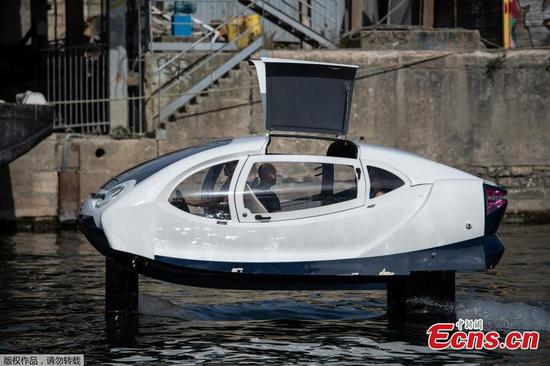Australia's national science agency has compiled the first-ever estimate of how much commercial fishing gear is discarded in the world's oceans.
Researchers from the Commonwealth Scientific and Industrial Research Organization (CSIRO) analyzed 68 studies from between 1975 and 2017 to produce a picture of the fishing gear contributing to global marine pollution.
"The study estimates that 6 percent of all fishing nets, 9 percent of all traps, and 29 percent of all lines are lost or discarded into our oceans each year," Kelsey Richardson from CSIRO's Marine Debris Team said in a media release.
"The type of fishing gear used, along with how and where it is used, can all influence gear loss by fishers," Richardson said.
"We found that bad weather, gear becoming ensnared on the seafloor, and gear interfering with other gear types are the most common reasons for commercial fishing gear being lost," Richardson said.
According to the CSIRO fishing gear dumped in the ocean can take hundreds of years to break down, during which time it is a significant hazard for marine life.
Most of the data used for the estimation came from North America and Europe because there have been few studies on gear loss in Australia, Africa, Asia and South America.
"When fishers lose gear at sea, they are not only adding to plastic pollution, but affecting their livelihoods," CSIRO Principal Research Scientist Denise Hardesty said.
"An estimated 40.3 million people are employed in fisheries globally and the costs of replacing gear can add up quickly," Hardesty said.
"Reducing the amount that ends up in the oceans is good for industry, good for the environment, and good for global food security," Hardesty added.


















































